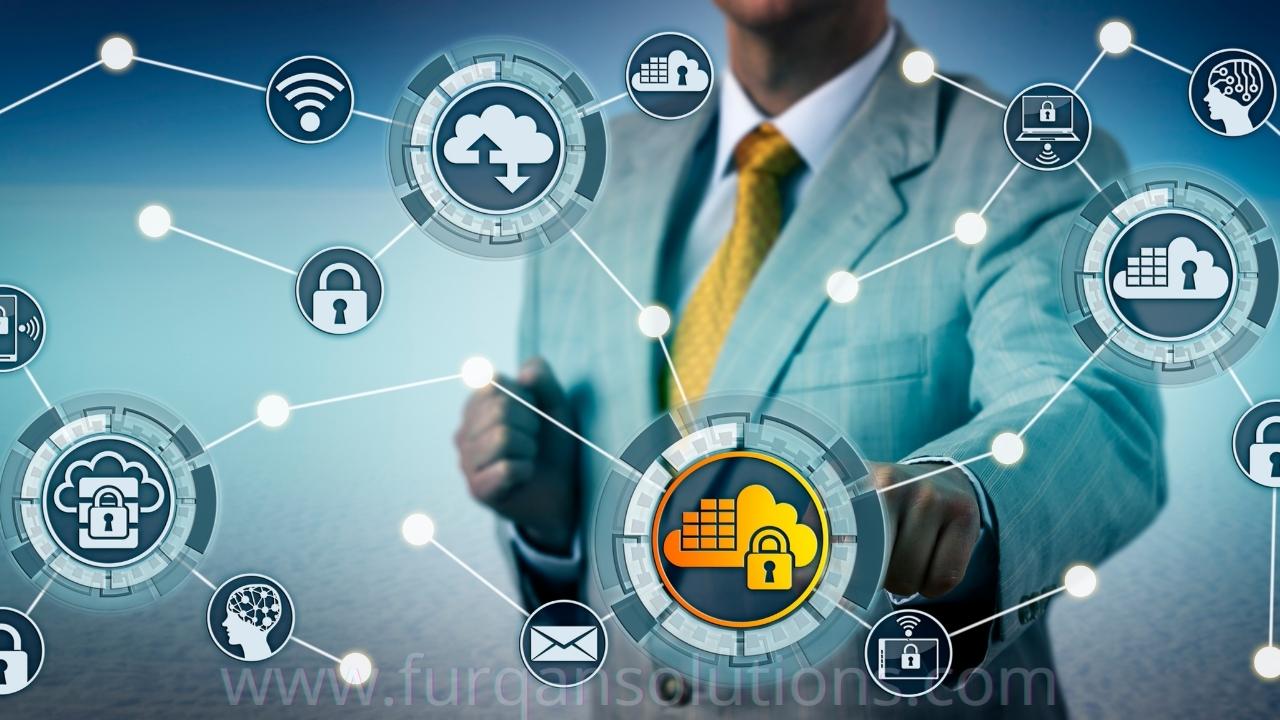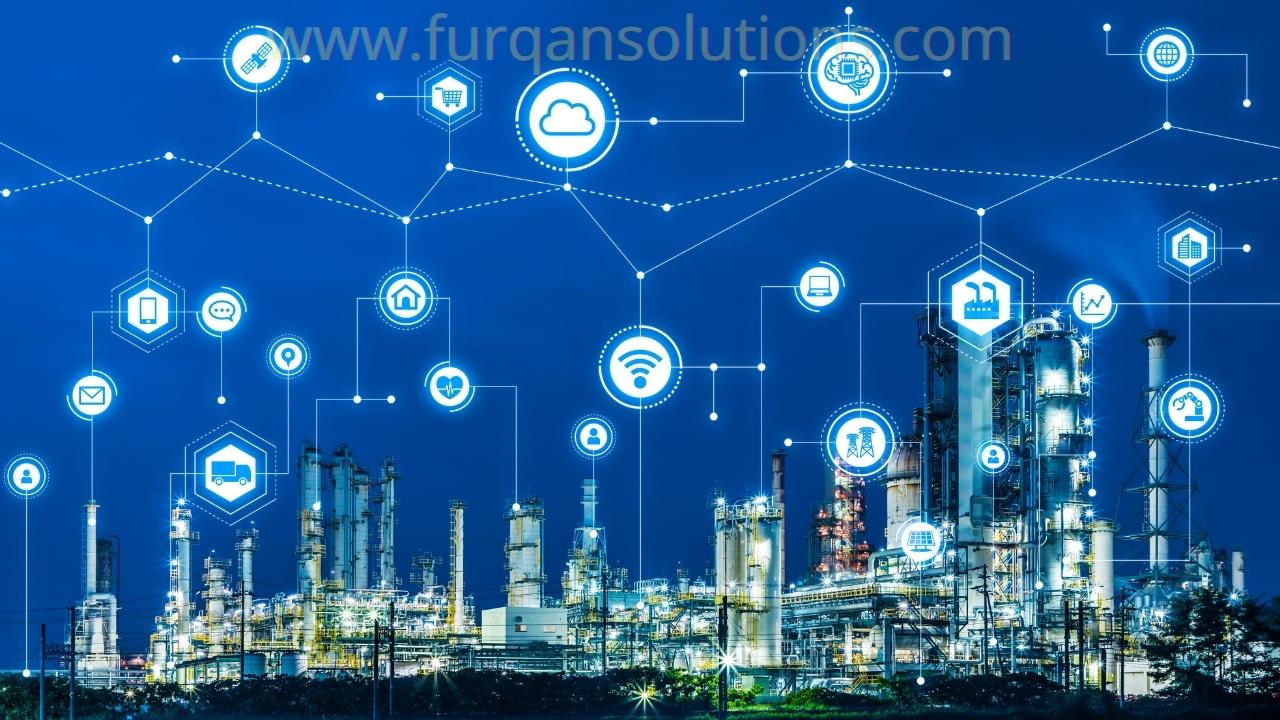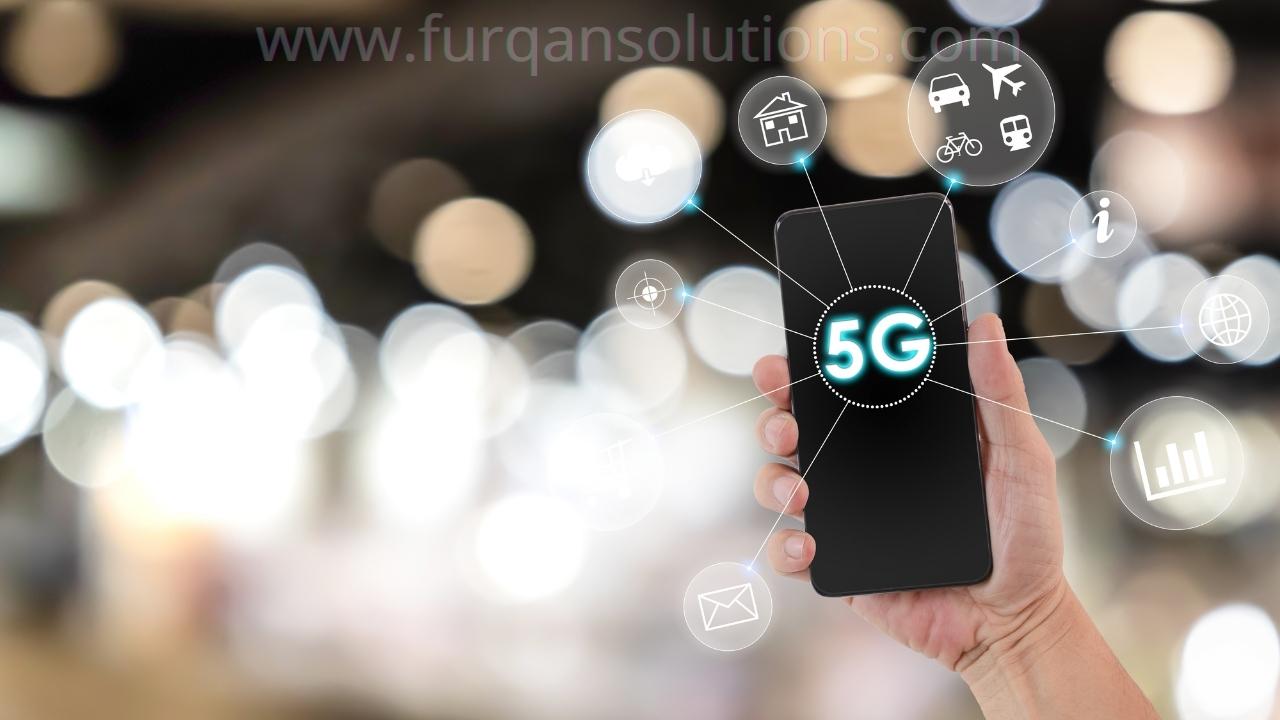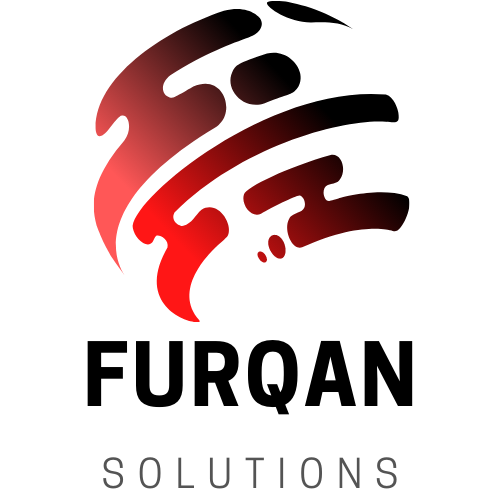In this article, we will discuss the trending Technology topics in 2022. Technology is becoming popular day by day. There are so many fields of technology that are becoming more advanced in today’s world.
The topics that are trending in 2022 and becoming popular are as follows:
Trending Topics:
- Artificial Intelligence
- Cloud Computing
- Cloud Services
- Robotics
- Virtual Reality
- BlockChain Technology
- CryptoCurrency
- Internet Of Things (IOT)
- Machine Learning
- 5G Technology
- Quantum Computing
- NFT (non-fungible token)
Here are some brief descriptions
1) Artificial Intelligence:

Artificial intelligence is a technology that leverages computers and machines to mimic the problem-solving and decision-making capabilities of the human mind.
In short, Artificial Intelligence is a sub-field of computer science. Its basic goal is to enable the development of computers that are able to do things that are normally done by people, in particular, things associated with people acting intelligently.
2) Cloud Computing:

Cloud Computing is a general term that is used for anything that involves delivering hosted services over the Internet. These services are broadly divided into three major categories: Infrastructure-as-a-Service (IaaS), Platform-as-a-Service (PaaS), and Software-as-a-Service (SaaS). The name cloud computing was inspired by the cloud symbol that’s often used to represent the Internet in flowcharts and diagrams.
According to an article in the New York Times, Cloud Computing is an effective approach to managing computer servers, storing information, and networking.
3) Cloud Services:

Basically, The term “Cloud Services” refers to a wide range of services that are used to deliver on-demand to companies and customers over the internet. These services are designed to provide easy & affordable access to applications and resources, without the need for internal infrastructure or hardware.
4) Robotics:

Robotics is the branch of science that uses humanoids or other automated tools to do repetitive, boring jobs, or to carry out extremely dangerous tasks the normal workers will refuse to do or may generally be reluctant to perform.
Nowadays, Robotics has further developed into the manufacture and deployment of devices that possess artificial intelligence and make their own internal data processing and decision making. These will become very handy for the study of the surfaces and internal composition of various celestial bodies at long range, or similar other missions.
5) Virtual Reality:

Virtual Reality is the simulation of reality as human beings perceive it. Since people have two eyes, normal human vision is stereoscopic, and therefore VR must be stereoscopic. Normal visual coverage is about 180 degrees, so VR should cover at least that much of a field of view. People do not have eyes in the back of their heads, so VR does not have to cover 360 degrees. Although a person can turn around, this is not a requirement, and even when they do, they are still not seeing more than 180 degrees at any one time.
There are, however, other aspects that simulate reality. Normal human hearing does cover 360 degrees in all directions simultaneously. Then there are the other human senses, such as touch (simulated with haptics), taste, hearing, and smell. Actually, many more, such as temperature and moisture, speed and balance, airflow, etc All can be simulated in VR systems when they are so equipped.
6) BlockChain Technology:

Blockchains are basically decentralized data management systems which has a shared ledger over all the nodes and the data put up on the Blockchain is immutable.
For Example, Blockchains can be used for elections to cast and maintain the data of the votes cast. Since the data put up on the Blockchains is immutable and encrypted all the votes can be recorded on the Blockchain as transactions and can be synchronized on all the nodes creating a decentralized database that is almost next to impossible to tamper with. All the votes cast would thus be synchronized on all the nodes. Smart Contracts can be used to modify the basic system and all the votes cast would go on the Blockchain and can be counted at any of the nodes.
To know about “NFT” Technology based on Blockchain which is what everyone is talking about nowadays and also a hot topic of 2022 Click Here
7) CryptoCurrency:

A CryptoCurrency is a digital or virtual currency that is secured by cryptography, which makes it nearly impossible to counterfeit or double-spend.
Many cryptocurrencies are decentralized networks that are based on blockchain technology a distributed ledger enforced by a disparate network of computers.
A defining feature of cryptocurrencies is that they are generally not issued by any central authority, rendering them theoretically immune to government interference or manipulation.
8) Internet Of Things (IoT):

In the present times, The vast network of devices is connected to the Internet, including smartphones, gadgets, tablets, and almost anything with a sensor on it. Cars, machines in production plants, jet engines, oil drills, wearable devices, and more. These “things” collect and exchange data over the internet is known as the Internet Of Things (IoT).
The Internet Of Things is bringing a kind of “super visibility” to nearly every industry. Imagine utilities and telcos that can predict and prevent service outages, airlines that can remotely monitor and optimize plane performance, and healthcare organizations that can base treatment on real-time genome analysis.
9) Machine Learning:

Machine Learning is a form of artificial intelligence (AI) that teaches computers to think in a similar way to how humans do: learning and improving upon past experiences. It works by exploring data, identifying patterns, and involves minimal human intervention.
Almost any task that can be completed with a data-defined pattern or set of rules can be automated with Machine Learning. This allows companies to transform processes that were previously only possible for humans to perform think to respond to customer service calls, bookkeeping, and reviewing resumes.
10) 5G Technology:

5G is the 5th generation of mobile networks, a significant evolution of today is 4G LTE networks.5G is set to offer much faster connection speeds than previous networks.
5G has been designed to meet the very large growth in data and connectivity of today’s modern society, the internet of things with billions of connected devices, and tomorrow’s innovations. 5G will initially operate in conjunction with existing 4G networks before evolving to fully standalone networks in subsequent releases and coverage expansions. Also, being more reliable with lower response times and greater capacity & also becoming part of tech news that is trending.
11) Quantum Computing:

A Quantum Computer uses the laws of quantum mechanics. Just like a classical computer that uses zeros and ones. These states can be achieved in particles due to their internal angular momentum called spin. The two states 0 and 1 can be represented in the spin of the particle.
Our classical computer performs calculations using bits Which represent 0 & 1. In which 0 represents off and 1 represents on. It uses transistors to process information in the form of sequences of zeros and ones called computer binary language. More transistors have more processing ability.
For example, clockwise spin represents 1, and counterclockwise represents 0. The advantage of using a quantum computer is that the particle can be in multiple states simultaneously. This phenomenon is called superposition. Due to this phenomenon, a quantum computer can achieve both 0 and 1 states at the same time. Thus in a classical computer information is expressed through a single number either 0 or 1. A quantum computer uses quits which are described as 0 and 1 at the same time giving us more processing power.
11) NFT (non-fungible token):
NFT stands for “non-fungible token”. In which fungible means replaceable. And obviously, non-fungible means non-replaceable.
For Example:
If I go to the store to get chocolate but my choice chocolate is out of stock in that store So, I can buy the same chocolate from another store but in the NFT case, you can’t buy your same choice thing from another place.
Real World Example:
Twitter CEO “Jack Dorsey” has sold his first-ever tweet for $2.9 million dollars as a non-fungible token. The tweet, published on March 21, 2006, simply said: “just setting up my twttr.” The first offer was made on December,15 and the bidding ended on March 21. let’s have a look.

So, the question is why do people buy these things? As I told you before that when a person has more money than he needs, he starts giving value to weird things. in old days, we use to buy things like “Ronaldo” (a famous footballer) shoes, a shirt, shorts. The same thing is now going to Digital like:
- First copy of books
- memes
- gif
- Video clips
- music
- Art
And anything that can be digitally convertible can be sold as NFT. And the owner of any NFT is one who has the digital contract that lies on the blockchain.

If you want to read more About NFT click here…




very nice post
tadalafil classification
Trending Technology Topics In 2022 » Furqan Solutions